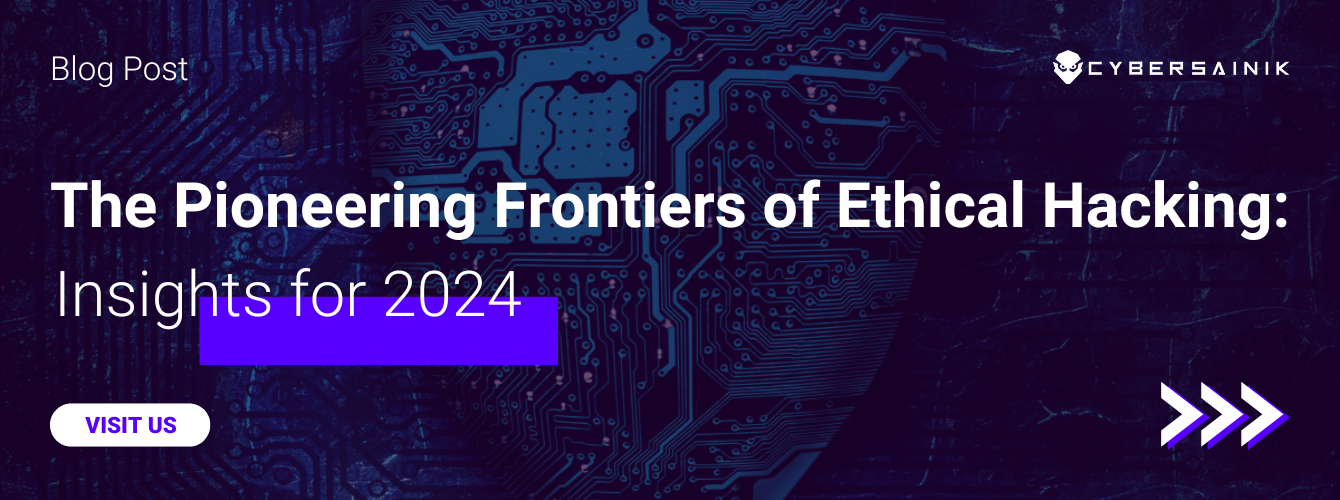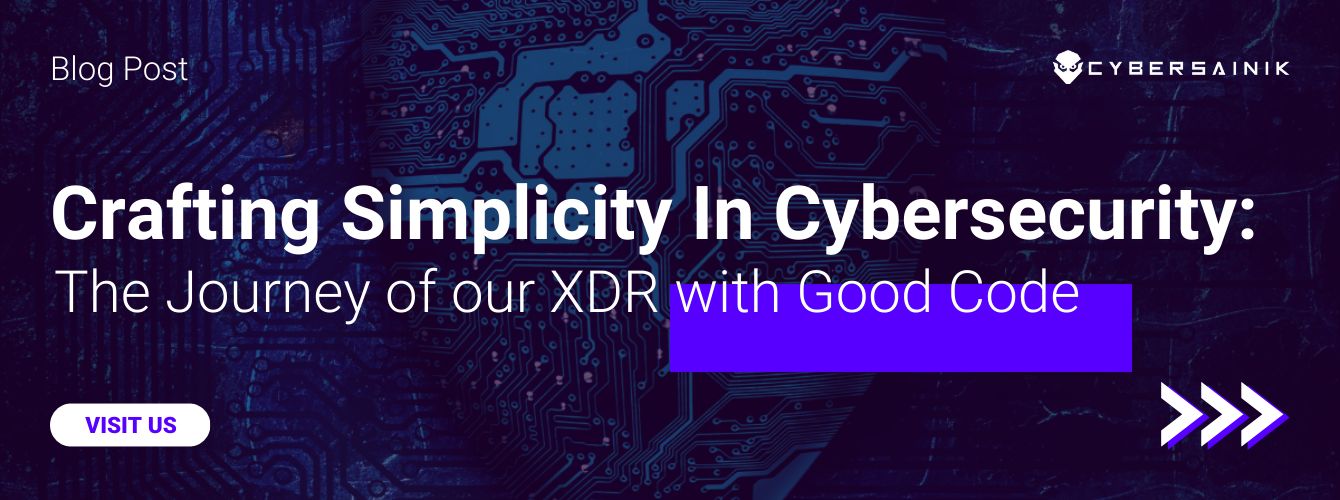Traditionally, resource-intensive efforts have dominated the cybersecurity field. From monitoring and threat assessment to incident response and recovery, we’re accustomed to manual, time-intensive approaches.
While most of these efforts have been effective, there’s always the risk of delayed remediation, heightened vulnerability, and increased exposure to adversaries.
But in the last few years, Artificial Intelligence has taken center stage, addressing all the hurdles of manual approaches. Rapidly matured, AI-based solutions now aid cyber defensive operations by automating tedious, repetitive, and error-prone methods.
The result is autonomous, streamlined, and continuous cyber workflows for optimal protection and faster remediation.
What is AI?
In the context of animal and human intelligence, AI is the ability of robots to think independently. As a result, the automated tools can conduct comprehensive data analysis and make critical decisions without human intervention.
AI developers created the technology by examining the human brain’s workings and patterns. Thus, machines and computers can mimic the mind’s decision-making and problem-solving capabilities.
What Role Does AI Play in Cybersecurity?
- The AI awakening is taking over every industry, and the cybersecurity security space has much to gain from intelligence software.
- AI solutions’ role in this field is to aid organizations’ efforts to lower cyber risk and enhance security.
- They learn from historical data to identify trends and patterns and then use the insights to identify inconsistencies and predict future attacks.
- You can also configure an AI-powered system to fight threats and respond to threats automatically.
- With the constantly advancing corporate attack surface, threat analysis isn’t a human-scale obligation. Precise risk calculation requires processing billions of time-varying signals to compute cyber risk appropriately.
- AI solutions can address this unprecedented challenge through efficient and effective threat detection and elimination capabilities.
- Thus, IT security teams can protect sensitive data, lower risk, and enhance security posture.
What Are Some of the Benefits of Using AI in Cybersecurity?
Leveraging AI-powered cybersecurity can benefit your organization in the following ways:
- New Threat Detection: Threat actors constantly improve their tricks and infiltration methods. However, AI can monitor user patterns and notify security teams of any inconsistencies.
- Network Traffic Monitoring: IT security specialists can’t evaluate the vast data traffic in their organization network. But AI can monitor the process at scale to keep criminals at bay.
- Bot Blocking: Bots comprise massive online traffic, which can threaten your systems. However, AI tools can distinguish authorized bots from malicious ones.
- Breach Prediction: Cataloging IT inventory enables AI programs to identify software and hardware vulnerabilities. Thus, security teams can predict potential breaches.
- Endpoint Protection: AI programs enable endpoint protection in remote and hybrid systems. They identify time zones, geolocation, and behavior patterns to detect suspicious activity.
- AI tools learn over time: AI technology leverages its intelligence to identify and classify network patterns, check for security issues, and respond accordingly to enhance network security constantly.
- Vulnerability Management: These advanced security solutions can safeguard your network by detecting, identifying, and blocking vulnerabilities.
- The minimal margin of error: AI systems can make mistakes, but the room for error is minuscule. Thus, they can enhance your cybersecurity posture at scale.
Organizations that leverage AI cybersecurity tools are more likely to be ahead of threat actors.
How Can AI in Cybersecurity Help Prevent Cyberattacks?
The benefits in the previous section are only a slim percentage of AI technology’s cybersecurity potential.
Since AI tools are adaptive, they can handle today’s dynamic security hurdles. These solutions offer automated threat detection to help you keep up with cyber criminals’ complex schemes. Thus, you can proactively protect your sensitive data.
The factors positioning Artificial Intelligence tools as a proactive threat mechanism include:
- Continual learning – The ability to understand network behavior and patterns provides valuable insights for security teams to optimize risk protection.
- Handling data – AI solutions can automatically evaluate and secure vast chunks of data to minimize human error. This is a vital preventative measure, considering 95% of breaches result from human-related activities.
- Eliminating tedious tasks – Advanced technology can address monotonous and repetitive tasks so that security staff can focus on innovative preventative strategies.
It’s Time to Enhance Your Cybersecurity Posture
In today’s highly connected digital world, ensuring optimal security through manual checks is impossible. Instead, the human hand needs help with system monitoring, threat analysis and identification, and minimizing risk. Savvy cybersecurity teams now leverage AI technology to mitigate the threat and scope of attacks, and you can also be a part of this success.
Need help getting started? You’re on the right site. Cyber Sainik is home to experienced cybersecurity experts and state-of-the-art cybersecurity solutions to keep you ahead of malicious threat actors.
Reach out to us today for a free consultation.




